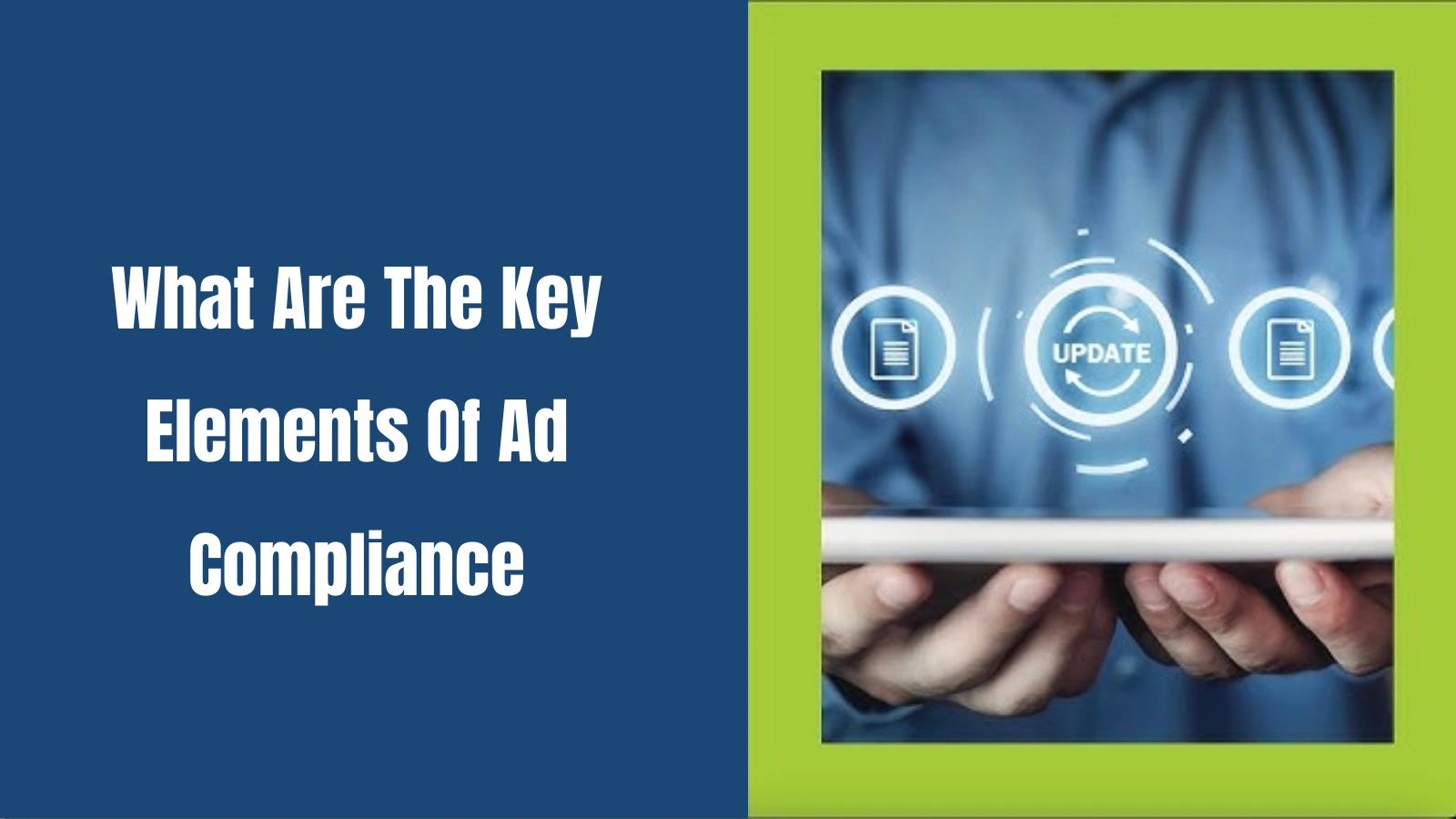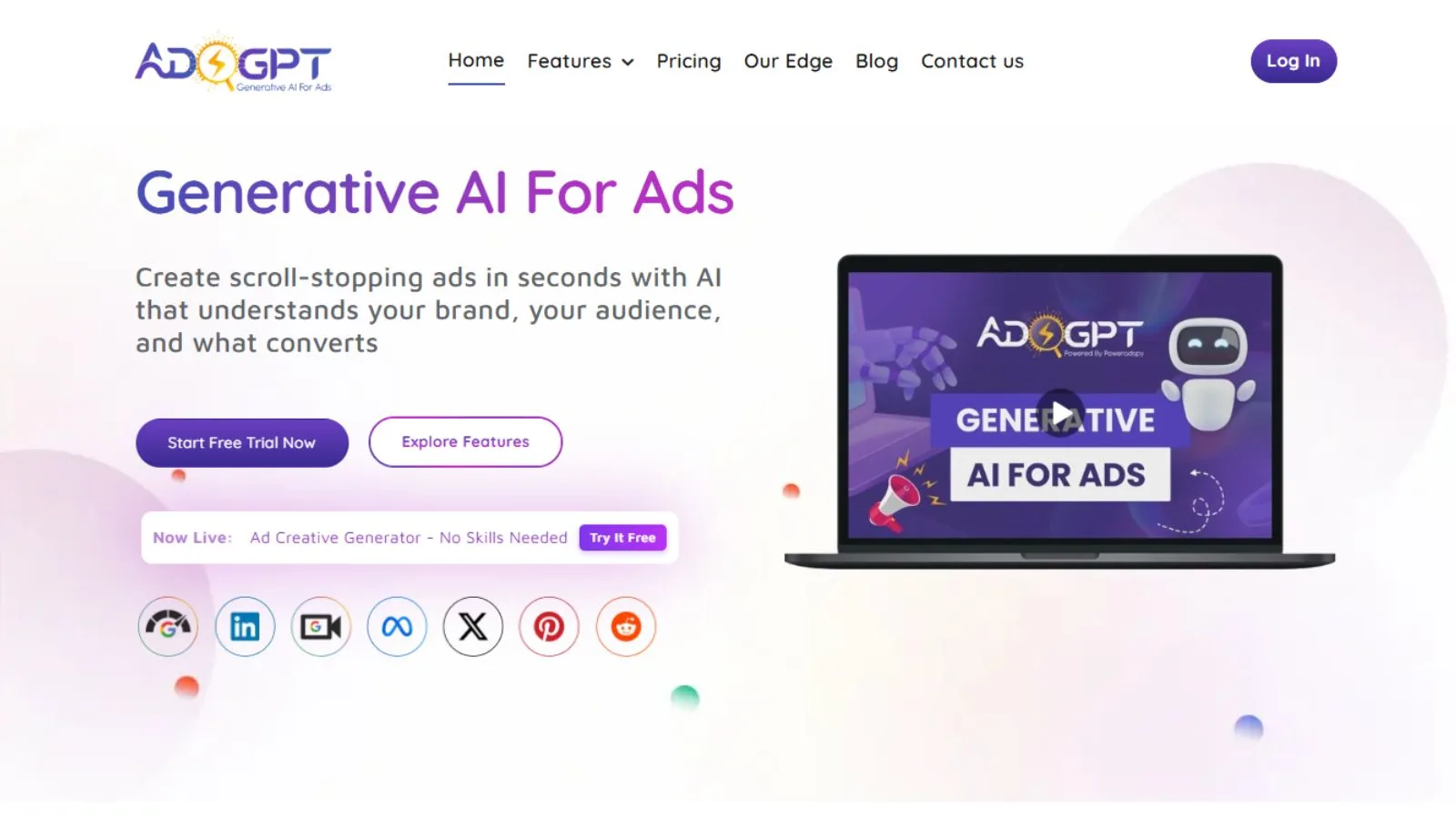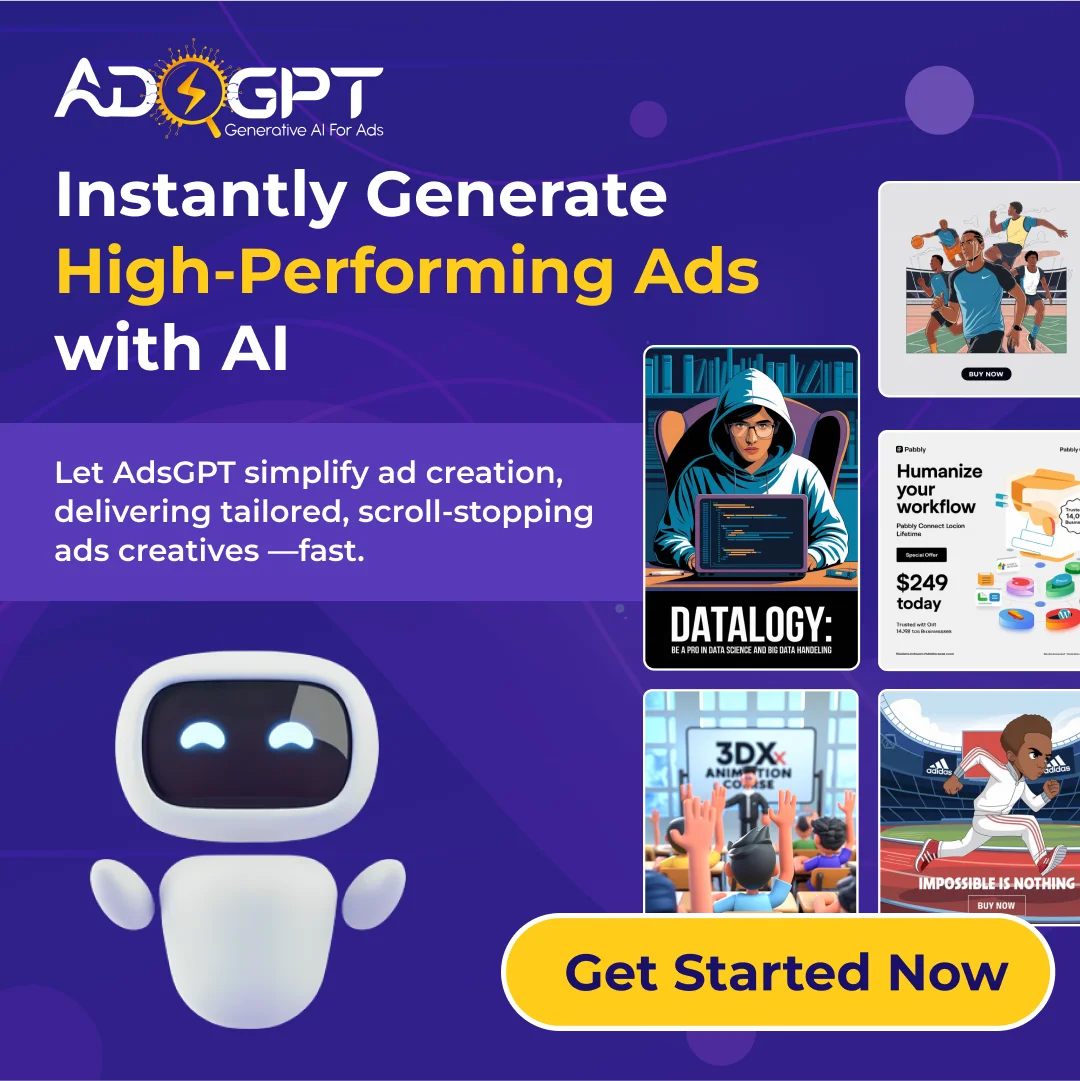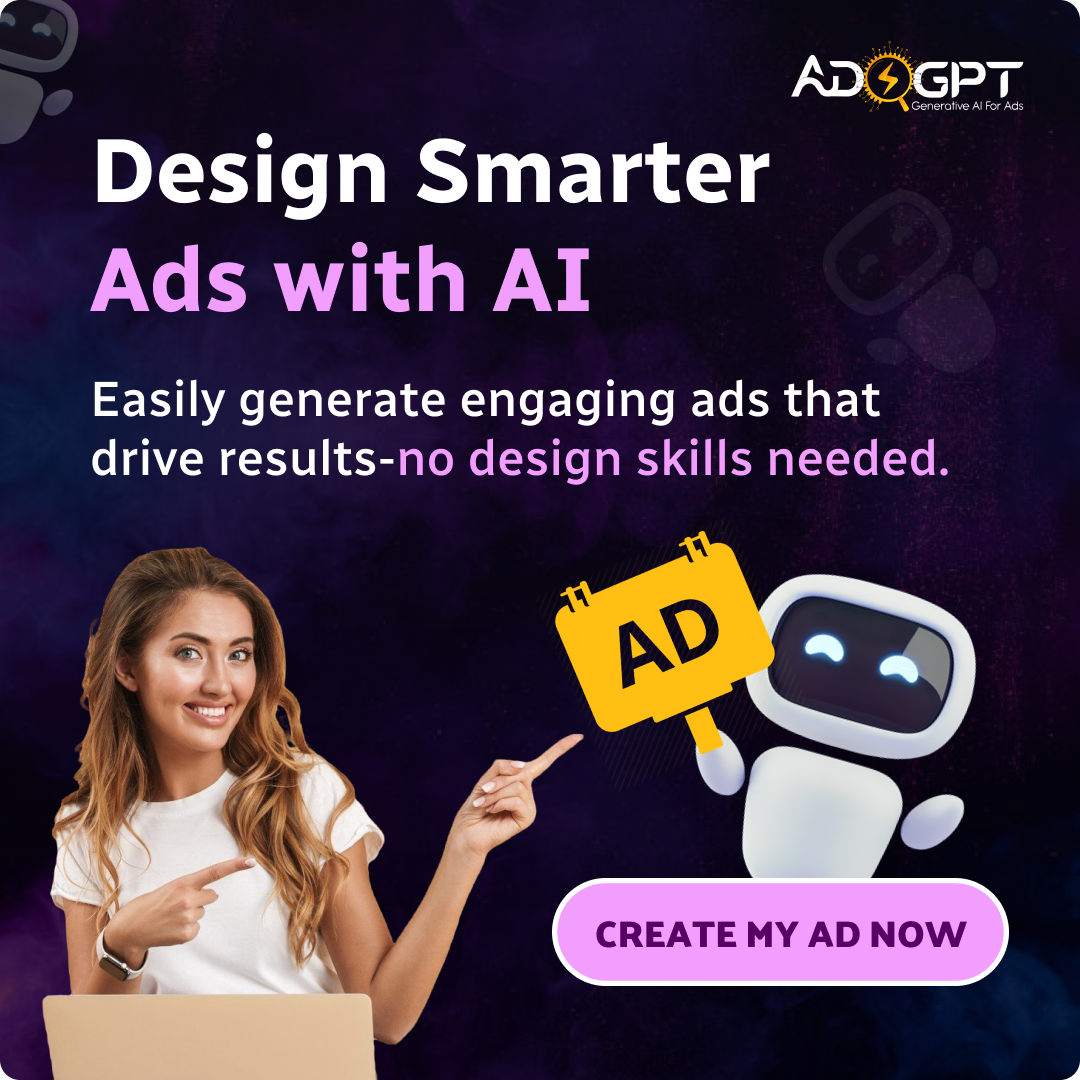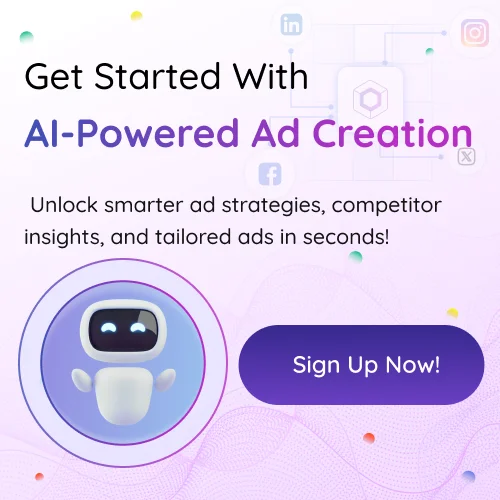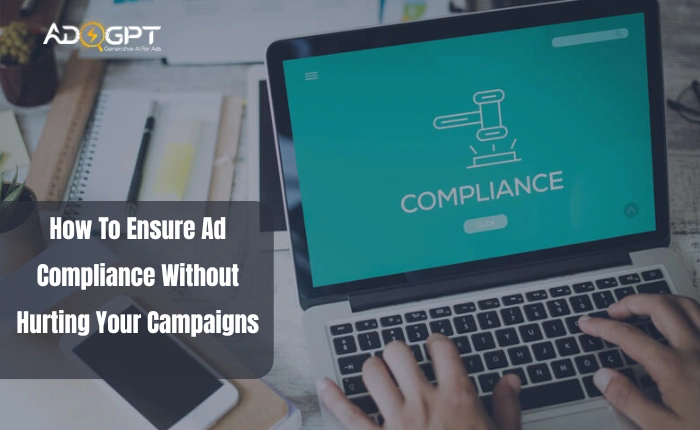
Advertising has evolved into a complex and highly regulated industry. From strict privacy laws to platform-specific rules, marketers today face increasing pressure to ensure ad compliance. Failing to follow the rules doesn’t just risk ad disapproval, it can lead to account bans, heavy fines, or lasting damage to your brand’s reputation.
In this guide, we’ll explore what ad compliance means, why it matters, and how you can keep your campaigns both creative and compliant.
Hit ‘Play’ Button & Tune Into The Blog!
What Is Ad Compliance?
Ad compliance means making sure every part of your advertisement, its content, targeting, and delivery, follows the laws, regulations, and platform-specific guidelines where it runs.
Compliance requirements can differ based on:
- Platform – Google, Facebook, Instagram, TikTok, and others each have their ad policies.
- Audience location – Regional laws like GDPR or CCPA set specific rules for data use and privacy.
- Industry – Sectors like finance, healthcare, and alcohol often face stricter advertising standards.
Because these rules can change quickly, what’s acceptable today might be flagged tomorrow. That’s why marketers need to monitor their ads continuously and adapt to evolving requirements.
Why Ad Compliance Matters For Every Business?
For many marketers, compliance feels like a tedious checklist. But it’s more than avoiding penalties, it’s about building trust with your audience.
Here’s why it matters:
- Brand Reputation: A misleading or non-compliant ad can damage credibility.
- Financial Risk: Violations may lead to fines or legal action.
- Platform Restrictions: Multiple violations can result in ad account suspensions or permanent bans.
- Better Performance: Compliant ads face fewer delays in approval, meaning faster launch times and better ROI.
When your brand consistently follows ad compliance rules, you not only avoid trouble but also create a safe and trustworthy experience for your customers.
What Are The Key Elements Of Ad Compliance?
While every platform and country has its own rules, most compliance requirements fit into these core categories:
Truthful Messaging:
Every claim in your ad must be accurate and verifiable. Avoid misleading language, inflated statistics, or results you can’t prove. For example, if you say “Lose 10 pounds in a week,” you must have credible evidence to back it up, or risk removal and legal penalties. Ensuring ad copy compliance in your messaging helps maintain credibility and avoids regulatory issues.
Proper Targeting:
Advertising platforms restrict targeting sensitive demographics, such as children, based on factors like age, health conditions, or personal identifiers. Misuse of targeting can result in account suspension. For instance, Facebook limits how you can target ads for housing, employment, or credit services to avoid discrimination.
Privacy Protection:
If you collect, store, or use personal data, you must comply with laws like GDPR (Europe) or CCPA (California). This means obtaining explicit consent before collecting data, providing opt-out options, and securing all stored information. Even retargeting ads should respect user privacy preferences.
Platform-Specific Guidelines:
Google, Facebook, Instagram, TikTok, and LinkedIn all have unique ad policies—what’s acceptable on one may be banned on another. For example, TikTok prohibits promoting cryptocurrency to certain audiences, while Google may allow it with restrictions. Always check the latest platform rules before launching a campaign.
Legal Disclosures:
Certain industries, like finance, healthcare, supplements, or gambling, must include disclaimers to protect consumers. These could explain side effects, outline eligibility requirements, or clarify risks. Without them, ads may be rejected or lead to regulatory fines.
By following these elements, you’re not only avoiding penalties, you’re fostering trust, transparency, and long-term customer relationships.
Also Read:
Ad Copy Compliance: The Key To Successful Advertising
How Can You Ensure Ad Copy Compliance And Get The Words Right?
While visuals and targeting often steal the spotlight, the words in your ad can make or break compliance. Ad copy compliance ensures that your messaging aligns with both platform guidelines and advertising laws.
Many platforms strictly prohibit language that directly references personal attributes, such as“Are you struggling with debt?”, because it can be seen as invasive or discriminatory. Similarly, using exaggerated or unverified claims like “The best cure for anxiety” can lead to immediate rejections.
To stay compliant, always:
- Avoid sensitive or personal targeting language.
- Steer clear of unsubstantiated promises.
- Include mandatory disclaimers when required.
- Double-check ad copy against the latest platform policies.
Taking the time to review and edit your ad copy before launch doesn’t just prevent rejection, it ensures your campaign builds trust and credibility with your audience.
What Should You Know About Social Media Ad Compliance?
Social media advertising brings unique challenges because each platform has its own evolving set of rules. Social media ad compliance means understanding these policies, monitoring updates, and adapting your campaigns accordingly. Using an ad copy generator can help you quickly create platform-compliant ad variations while maintaining brand consistency.
For example:
- Facebook & Instagram limit ads for certain industries like cryptocurrency, political campaigns, and health supplements.
- TikTok enforces restrictions on sensitive cultural references, prohibited products, and certain financial services.
- LinkedIn has specific guidelines for professional claims and B2B messaging.
To stay ahead:
- Regularly check platform policy updates.
- Tailor ad creative and targeting for each platform’s rules.
- Use compliance-check tools to flag potential violations before publishing.
By keeping pace with these regulations, you reduce ad disapprovals, maintain account health, and ensure your campaigns run smoothly without costly interruptions.
Also Read:
How To Utilize An Ad Copy Generator For Successful Campaigns?
How Technology Is Changing Ad Compliance?
Marketers used to manually review every ad for compliance, an exhausting process. Today, AI tools can scan campaigns for potential violations before they go live, saving time and reducing human error.
Real-Time Ad Compliance:
With real-time ad compliance tools, brands can detect problems instantly. If an ad contains prohibited phrases or violates targeting rules, the system flags it for review before launch. This proactive approach keeps campaigns safe and efficient.
Generative AI for Ads:
Interestingly, generative AI for ads is not just about creating engaging content; it can also be trained to generate only compliant ad versions. By understanding platform rules, AI can help brands maintain creativity while avoiding risky language or imagery.
Tools like AdsGPT take this a step further by not only creating ad visuals and copy tailored to each platform but also ensuring these creatives are aligned with platform guidelines. This means marketers can keep campaigns fresh and engaging while reducing the risk of compliance violations.
How AdsGPT Simplifies Ad Compliance And Creativity?
AdsGPT is a next-generation advertising tool powered by generative AI, designed to help marketers create scroll-stopping ads in seconds, without sacrificing compliance. It understands your brand, your audience, and the rules of each platform, producing ready-to-post creatives that are both high-performing and policy-friendly.
Key Features Of AdsGPT:
- AI-Powered Ad Creative Generator: Instantly create on-brand visuals for Meta, Google, LinkedIn, Pinterest, and more, no design skills required.
- Platform-Specific Optimization: Generates creatives and copy that match each platform’s technical and compliance requirements.
- Competitor-Inspired Creativity: Use competitor ads as inspiration and get a unique, fully branded alternative in seconds.
- Multiple Ad Variations at Once: Produce up to five creatives in different styles, formats, and aspect ratios for testing and optimization.
- Smart Brand Memory: Save your brand details like logos and colors to ensure consistency across every creative.
- Instant Ad Copy Generation: Quickly produce compelling, compliance-friendly ad copy tailored for different networks.
- Analytics & Insights: Access ad performance data, trend analysis, and engagement breakdowns to refine campaigns.
By combining creative automation with built-in compliance awareness, AdsGPT allows marketers to focus on strategy and storytelling while the AI handles the heavy lifting.
How Can You Build An Effective Ad Compliance Workflow?
To make compliance a consistent part of your process, consider integrating these steps into your ad creation cycle:
- Understand the Rules: Review the platform and legal guidelines regularly.
- Plan for Compliance Early: Don’t treat it as a last-minute check; build compliant messaging into the initial ad concept.
- Use Technology: Adopt AI tools that monitor campaigns before and during launch.
- Create a Checklist: Include legal disclaimers, targeting reviews, and content checks.
- Train Your Team: Ensure copywriters, designers, and media buyers understand compliance requirements.
- Monitor and Update: Keep an eye on policy changes and adjust existing campaigns.
A strong workflow ensures that compliance becomes second nature rather than an afterthought.
The Role Of Ad Generators In Compliance
Modern ad generator tools are more sophisticated than ever. They don’t just create copy or design assets; they can also incorporate platform rules to reduce non-compliance risks.
For example, an ad generator can be trained to:
- Avoid restricted keywords
- Suggest alternative phrasing for prohibited claims
- Insert mandatory disclaimers where needed
By pairing creativity with compliance safeguards, these tools give marketers a competitive advantage.
Conclusion
Ad compliance is no longer optional; it’s a core part of successful advertising. When your campaigns follow legal, ethical, and platform-specific rules, you protect your brand, save money, and earn long-term trust from your audience.
With the right process, smart tools, and a focus on transparency, you can create ads that are not only engaging but also safe to run.
In today’s competitive digital world, the brands that truly stand out are those that blend creativity with doing things the right way. AdsGPT makes it easier to create ads that connect with your audience while staying within the rules, so you can focus on growing your business with confidence.
FAQs
Q1. What happens if my ad is not compliant?
Non-compliant ads can be rejected, but repeated violations may lead to account suspensions, permanent bans, or even legal action depending on the industry. Beyond penalties, non-compliance damages audience trust and brand reputation.
Q2. How often do ad compliance rules change?
Ad compliance rules evolve frequently due to new laws, platform updates, and shifting industry standards. Marketers should monitor updates regularly or use AI-driven ad compliance tools that automatically adapt campaigns to the latest policies.
Q3. Can AI tools like AdsGPT fully guarantee ad compliance?
AI-powered tools like AdsGPT significantly reduce compliance risks by aligning creatives and ad copy with platform guidelines. However, final responsibility still lies with the advertiser to double-check sensitive claims and industry-specific regulations.
Q4. Which industries face the strictest ad compliance rules?
Industries such as finance, healthcare, alcohol, gambling, and supplements typically face stricter advertising standards. These sectors often require disclaimers, evidence-backed claims, and careful targeting to meet compliance requirements.
Q5. How can small businesses manage ad compliance effectively?
Small businesses can manage ad compliance by using AI ad generators like AdsGPT, following platform updates, preparing a compliance checklist, and including mandatory disclaimers. This proactive approach saves time and avoids costly mistakes.


